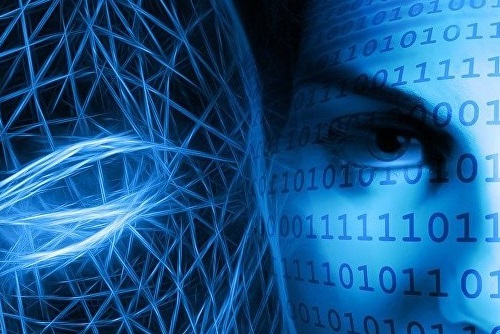East of Niagara Falls, NY the Lockport school system is allowing advanced security measures to keep their schools safe this year. Facial recognition technology will be used to check each face entering school buildings against a database of expelled students, sex offenders and other possible troublemakers. However, it is being implemented under pointed criticism and scrutiny.
What some deem as a great option to prevent potential violence, others see as a gross violation of privacy and civil rights. This leads to the question, is facial recognition technology a good idea to make schools safe? Maybe, but only with proper planning, implementation and management.
What is Electronic Facial Recognition?
Facial recognition technology is part of biometrics. Essentially, it uses biological data (e.g. unique features, aka “landmarks”, geometric proportions of facial features, distance between key facial features, and skin surface texture) and electronically stores them as essential elements of an individual’s face. This data is then compared with the biological data of scanned faces for facial recognition and identification.
Benefits
To date it has primarily been used for security and law enforcement purposes in order to:
- Apprehend people who commit crimes
- Prevent people from getting fake IDs and/or drivers licenses
- Scan travelers in airports to search for individuals suspected of a crime or on a terrorist watch list
When applied to school access points, the most notable benefit is stopping individuals flagged with deviant, violent or undesirable behavior from gaining access to school property. While this sounds good, just like all elements of security it should not be considered the end-all to keep our schools safe from violence.
Limits
Like most technological advances, there are limits that need to be noted. First and foremost, in order to flag someone the biometric data for that individual must reside in the database. If not, there is no way to “catch” them when their face is scanned at the door.
There are other shortcomings to consider that cause false identification or missed identification including:
- Different angles or facial expressions
- Accessories (e.g. hats, glasses, scarves)
- Changes to appearance (e.g. new haircut, makeup, weight gain/loss)
Advanced systems plan for and implement safeguards to work around these kinds of limitations. But as the system becomes more sophisticated, so too does the cost and maintenance efforts to account for the potential nuances of everyone’s biometric data.
Facial recognition technology also raises a bigger question: is there a point where keeping schools safe has the right to compromise personal privacy? This is what each school system must consider and decide upon before implementing facial recognition technology.
Safety vs. Privacy
There is no perfect answer to the facial recognition safety vs. privacy debate. Overall facial recognition should be deemed an enhancement to existing school security. It should not be treated as the “end all” to keep violent or potentially violent individuals outside academic buildings.
As stated above, the technology is only as good as the biometric data stored within the database. It is important to note, Biometric data should NEVER be “taken” and stored without the explicit consent of an individual. Specific guidelines must also be established regarding:
- Who has access to the stored biometric data
- How the biometric data will be maintained and protected from hackers
- Whether or not students can “opt out” of the facial recognition technology (i.e. have the right to not be scanned at the entrance)
In my opinion, facial recognition technology does have the potential to prevent violence on school property. But, we must be mindful and organized when planning this type of security measure. Security involves more than simply searching and/or scanning property/persons.
Effective security includes proper staff/student training and physical property assessments, in addition to the implementation of security enhancements and personnel. In other words, a many-faceted approach is needed to keep our schools safe. Facial recognition can be a significant, preventative additon to school security when handled properly.
Timothy Dimoff – Speaker, National Expert, Author
Tim Dimoff’s engaging and thought-provoking presentations are sure to enlighten, inform and move you into taking action on such critical issues as workplace risks, substance abuse, security and societal threats. Feel free to contact Tim today to speak at your organization.



